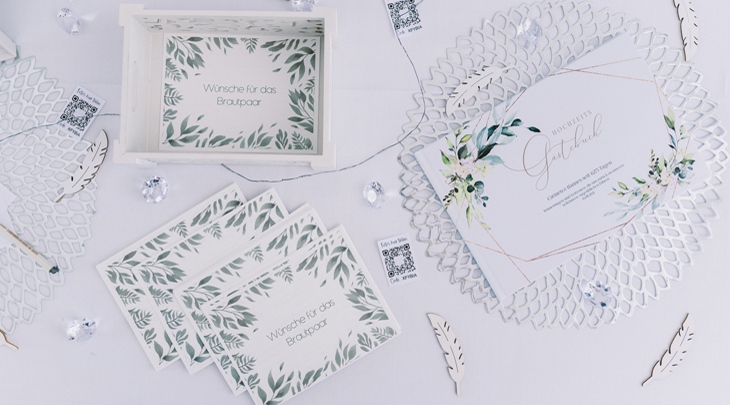Laser and inkjet are both digital printing technologies, but they work in very different ways. Laser printers use dry toner and heat to put colour on a page. Inkjet printers drop liquid ink on the paper. Making paper perfect for both wet and dry printing is a challenge.
If you are getting uneven colours or curly paper out of a laser printer, you are probably using the wrong paper. In 1989, we engineered Color Copy original to be perfect for colour laser printing, with a smooth surface for solid colours, and ready to withstand heat without curling.
An inkjet paper needs additional properties. If the colour penetrates too deeply into the paper, the print result may look faded and dull. The paper has to absorb the liquids quickly while keeping the colour particles on the surface.
In order to make Color Copy original perform with inkjet as well as it does with laser printers, we work with ColorLok® technology. This treatment makes sure that the pigments separate from the liquids as soon as the ink touches the paper, keeping the colour on the surface. The result: vibrant colours, vivid images, and bolder blacks for improved contrast.
Our paper makers successfully added ColorLok® Technology to Color Copy original while maintaining all of the laser paper properties. As a result, you can trust Color Copy original to deliver perfect print results with both laser and inkjet printing, every time.









